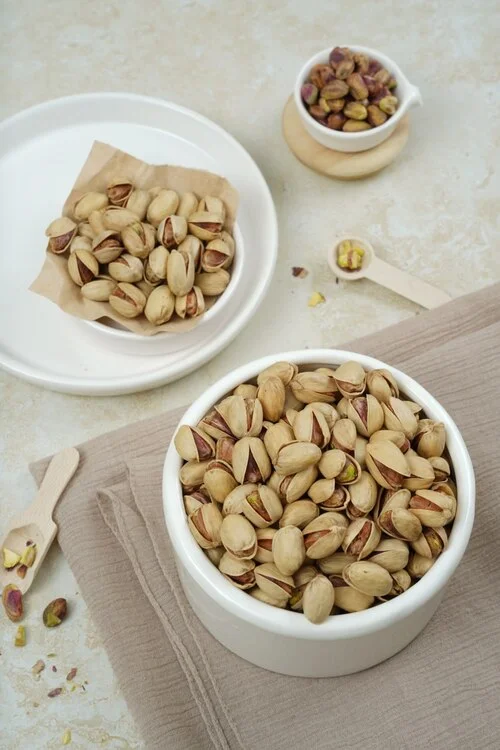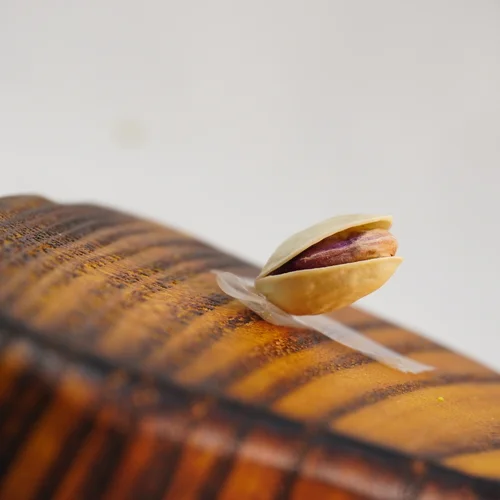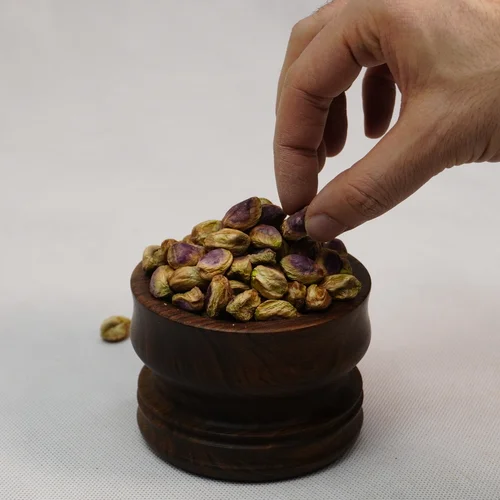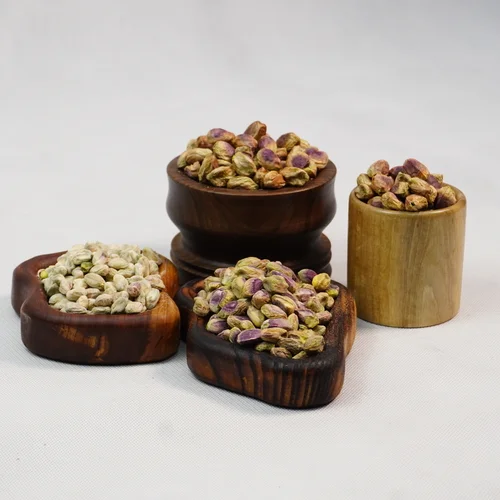Understanding pistachio quality standards to meet customer expectations

Pistachios are a popular and valuable nut worldwide. For sellers and buyers, maintaining high-quality pistachios is key to success. Knowing pistachio quality standards helps traders deliver fresh, delicious nuts that customers love – and comply with important export regulations.
What are the quality standards for pistachios?
Pistachio quality standards include factors such as size, moisture content, shell condition, color, and flavor. These rules are set by global organizations such as the International Nuts and Dried Fruits Council (INC) and agricultural departments of various countries.
Key quality factors
- Size and Grade: Pistachios are graded based on size. Larger pistachios usually sell for a higher price.
- Moisture content: Ideal pistachios have about 5% moisture content to stay fresh and not mold.
- Shell Health: A complete shell protects the brain and shows its freshness.
- Color and Appearance: Healthy pistachios have a light green interior and clean, unblemished shells.
- Flavor and aroma: Good pistachios have a rich, nutty flavor with a fresh aroma.

Why is quality important in the pistachio trade?
Adhering to quality standards builds customer trust and helps maintain a strong reputation. Good quality means fewer complaints, happier buyers, and higher prices. In addition, complying with international regulations makes exporting easier and opens up more markets for you.
Tips for storing high-quality pistachios
- Choose suppliers who carefully inspect their nuts
- To keep pistachios fresh, store them properly
- Test for moisture and check for damaged nuts regularly.
- Learn the quality laws of the countries you sell to
By focusing on quality, pistachio traders can ensure that their products are distinctive, keep customers satisfied, and succeed in a competitive market.
Source: amazon




